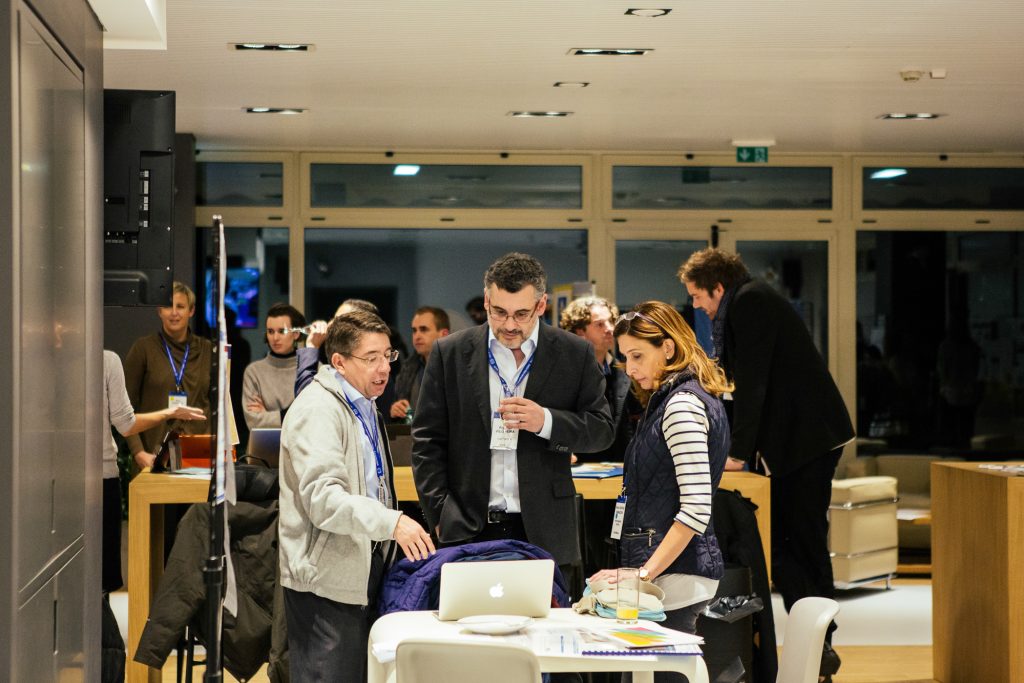15% Solutions

Découvrir et se concentrer sur la liberté et les ressources de chaque personne
Panorama
Cette méthode a l’objectif de mettre en évidence la contribution, quelle que soit son importance, que chaque membre de l’équipe peut apporter afin de réaliser une avancée majeure face à une question ou à un problème sans issue. Les principales aptitudes sollicitées dans cette activité sont les ressources personnelles des participants, telles que les capacités et la rapidité.
Quand l'utiliser
- Sortir d’une situation d’impasse, de négativisme et d’un sentiment d’impuissance.
- Découvrir le potentiel individuel et collectif des individus.
- Révéler des solutions ascendantes
- Faire appel à des capacités et des ressources inutilisées.
- Éviter le gaspillage.
- Combler l’écart entre le savoir et le faire.
- Planifier des missions pour lesquelles il est attendu que les individus prennent des initiatives.
- Tout type de défi qui nécessite que les personnes changent afin de générer le succès.
Comment l'appliquer
Commencement:
Les participants doivent répondre à deux questions: “Où sont vos 15% ?” et “Où avez-vous la faculté et la liberté d’agir ?”
Disposition:
Dans un premier temps, l’activité est réalisée individuellement, par un nombre illimité de personnes, puis en binômes, et en petits groupes. Chaque participant à la possibilité d’apporter sa contribution.
Matériels:
- 5 minutes: Chaque participant prépare sa propre liste des solutions aux 15%.
- 5 minutes: Chaque participant partage ses idées avec un petit groupe (3-4 membres).
- 5 minutes: Les membres du groupe jouent le rôle des consultants (en demandant de clarifier les questions et en proposant leurs conseils).
Comment l'adapter
- Cette méthode est complémentaire au Conseil de Troïka, á l’Espace Ouvert , á l’Aide heuristique et á l’Autonomie intégrée.
- Il est possible de se tourner vers un groupe et de poser la question suivante, “Qu’avez-vous fait de vos 15% dernièrement?”
- Raconter une anecdote relative à un petit changement, à l’initiative d’une personne, qui a eu un énorme résultat (par ex. Rosa Parks qui a refusé de céder sa place à un passager blanc, sur un bus en Alabama).
Trucs et astuces
- Vérifier chaque point et s’assurer que chaque participant soit en mesure de participer.
- Il est possible de réinventer quelque chose qui existe déjà.
- Chaque solution aux 15% permettra de mieux comprendre ce qui est possible.
- Des objectifs clairs et communs et des limites peuvent apporter davantage de cohérence à de nombreuses solutions aux 15%.
- Poser la question de manière habituelle dans les réunions.
Ressources
Pour en savoir davantage sur le Professeur Gareth Morgan qui a popularisé le concept, consultez le lien http://imaginiz.com/index.html dans la section: “Idées provocatrices”.




